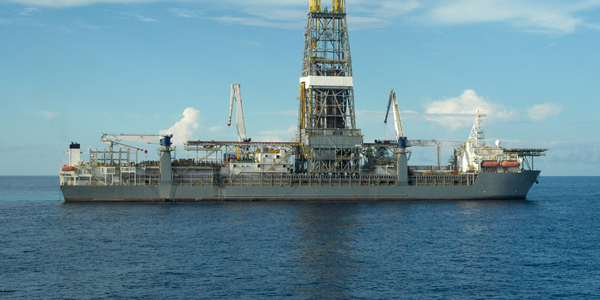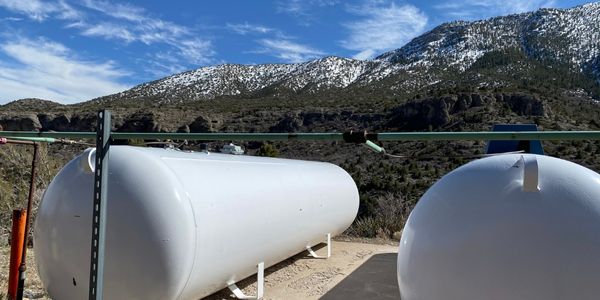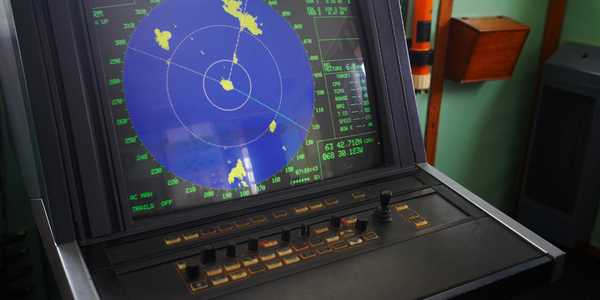Download PDF
Port of Koper Case Study
Technology Category
- Application Infrastructure & Middleware - Middleware, SDKs & Libraries
- Infrastructure as a Service (IaaS) - Cloud Computing
Applicable Industries
- Marine & Shipping
Applicable Functions
- Logistics & Transportation
Use Cases
- Process Control & Optimization
- Real-Time Location System (RTLS)
Services
- System Integration
The Challenge
As the Port of Koper began expanding both the number and capabilities of its terminals, the port’s management knew it needed to consider updating its control software. In addition to container and vehicle cargo, the port required additional control of equipment such as conveyor belts and scales for items such as iron ore and coal. As far back as 2004, the port management began to look into how to best scale the control of its operations. At that time, each individual terminal contained its own control solution. The decision was made to work with system integrator, Robotina, which had worked with the port on other projects and had earned a reputation as a reliable partner.
About The Customer
The Port of Koper is the largest, and considered the most important, port in Slovenia. It is a multi-use port in that it can handle multiple load types. Its 12 terminals handle multiple containers, cars, general cargo and dry bulk. In 2016, total cargo through the port amounted to 22 million tons. The port, which operates 364 days a year and 24 hours a day, has some competition in ports located in Rijeka, Croatia and Trieste, Italy, but these are considered mostly for use in the northern part of the Adriatic Sea. The port of Koper’s ability to stay ahead of its competition is attributed to its effective and smooth operations.
The Solution
Luka Koper, working with system integrator, Robotina, d.o.o., selected ICONICS’ GENESIS64™ HMI/ SCADA and building automation suite, as well as GENESIS32™ HMI/SCADA suite. In turn, Robotina suggested ICONICS automation software solutions in order to consolidate and standardize the port’s control systems. The port initially began by installing ICONICS GENESIS32 32-bit-based software and then eventually moved to the newer GENESIS64 64-bit-based option. The system is connected to multiple vendors’ equipment (comprising over 12,000 tags) including PLCs, sensors, and other devices from Schneider Electric, Hitachi, Cybrotech, Siemens and more. The ICONICS system integrates with the port’s existing Microsoft SQL Server and Exchange Server applications, as well as with the port’s own TinO application (Trženje in Operativa); a combination of TOS (terminal operation system) and Port Management system, which supports ordering services, work planning, invoicing, storage, etc.
Operational Impact
Quantitative Benefit
Related Case Studies.

Case Study
Drill ship power challenge: hybrid solution solves distribution issues
Aspin Kemp & Associates (AKA), a manufacturer of electrical power and control systems headquartered in Montague, PEI, encountered one with its hybrid power initiative, the first hybrid drill floor destined for installation on ultra-deepwater drill ships operated by Transocean, Swiss offshore drilling contractors. Since on-site modification was impossible and scrap recycling of any modifications was unacceptable, the enclosures had to arrive ready-to-install.

Case Study
Ensures Tanker Safety and Emissions Compliance
Storage tanks are irregular in shape and a certain amount of mathematical modelling is required to get an accurate representation of volume and, more importantly, the weight of material in each tank. In addition, countries have different emission regulations, so the ships position needed to be accurately known in order to geotag emission data.

Case Study
Real-time Networked Sonar System for Ships
A multinational, knowledge-based corporation that delivers marine electronics solutions is utilizing industrial Ethernet technology to help ensure that operations at sea are dependable and optimal. Based in Europe, the company has nearly 4000 employees working in 20 countries around the world, and produces high-tech systems for offshore oil and gas operations, merchant marine systems, and various applications for the defense and aerospace industries. The company produces products and systems used by merchant vessels and offshore installations for positioning, navigation, automation, as well as for surveying and monitoring the seabed, and for fishing vessels and fi sheries research. As one of the major suppliers of high quality marine electronics in the world, their products include chart plotters for yachts, triple redundant dynamic positioning systems for oil drilling rigs, and sonar and instrument systems for scientifi c research vessels. Products used for marine applications must be rugged enough to endure the corrosive effects of salt water, and be able to withstand excessive amounts of vibration and shock. For this reason, the company only uses DNV and GL certified products and components to ensure that their systems can meet the high standards required by the maritime industry.

Case Study
Fleet Management Connectivity Solution for Marzam
Marzam, in order to ensure the best service, invested 3 million dollars in the construction of 2 fuel oil tanks with 40k gallons and 10k gallons capacity each, located in Manta, Ecuador. The customer needs to keep fleet operations going with fuel available at all times in order to guarantee quality of service. KEY ELEMENTS FOR THE CUSTOMER: Real-time level monitoring: Tank infrastructure remote level monitoring. Configure alerts and notifications when reaching critical values to avoid the need for emergency refills and optimize supply schedules. Real-time consumption monitoring: The customer needed an easy way to monitor in real-time accurate values of consumption.

Case Study
Mitsubishi Electric's Edge Computing Solution Powered by Wind River VxWorks
Mitsubishi Electric Corporation, a global leader in factory automation (FA) applications, identified edge computing as a critical component of the Industrial Internet of Things (IIoT). The company aimed to enhance device and data security, reduce data traffic to the cloud, and enable faster response to network or device issues. In 2018, Mitsubishi Electric launched its first line of industrial hardware products designed for edge computing, the MELIPC Series. The primary development goals for MELIPC were to support the type of edge computing promoted by Mitsubishi Electric and to introduce advanced vision technology for device control. The flagship computer of the MELIPC line, the MI5000, was designed to combine real-time equipment control with high-speed data collection, processing, diagnosis, and feedback in a single machine. However, the development team needed a real-time control platform that could seamlessly integrate real-time control with proven analytic and diagnostic applications.

Case Study
Migrating to Software-Only Licenses for More Responsive License Management
The world’s premier shipping companies work with the software solutions of ABB Marine & Ports to get their vessels safely and efficiently to their destinations. A loyal customer of Wibu-Systems for over a decade, ABB has been relying on CodeMeter dongles to store the license keys for their ABB AbilityTM Marine Advisory System - OCTOPUS.The current version of the system is using Wibu-Systems’ robust metal-case CmStick ME, a perfect choice for the rugged conditions at sea. As satellite communications has made fast Internet connections at sea a common reality for maritime operators, the company is looking to move from physical to software solutions to streamline its logistics processes.




